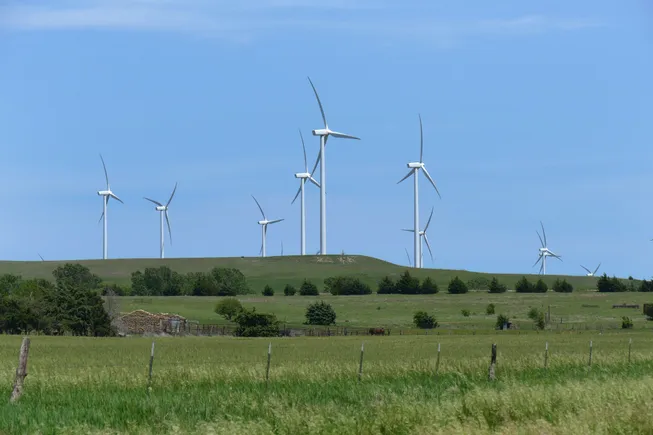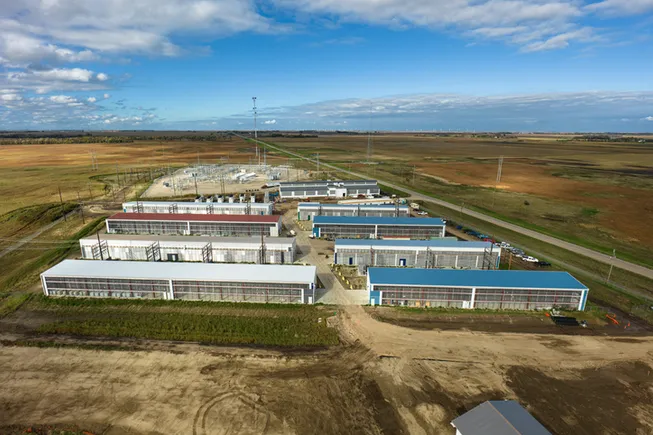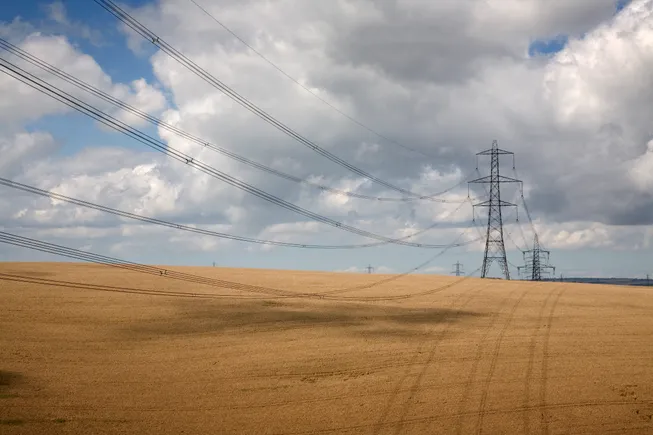
It is unlikely that enough power supplies can be built in time to meet near-term rising electricity demand in the Southwest Power Pool’s footprint, according to Lanny Nickell, SPP president and CEO.
As a result, SPP will need to turn to demand response programs to help bridge that supply-demand gap, Nickell said Thursday during a meeting held by WIRES, a trade group focused on transmission issues.
SPP expects its excess capacity will fall to 5% in 2029, down from 24% in 2020, according to Nickell. “Excess generating capacity is dwindling, and it’s dwindling to a point where it’s becoming dangerous,” he said.
A lot of generation has to be added quickly to meet a one-day in 10-year loss of load expectation, according to Nickell. “I don’t think it can be added that quickly,” he said. “So what does that mean? Means we’re going to have to rely a lot more on demand response to help us meet this challenge.”
SPP is developing a “comprehensive” demand response policy that includes more effective DR options, Nickell said.
SPP expects that its peak load could grow to 97 GW by 2035 from 56 GW last year, driven by data centers, home heating electrification and electric vehicles, according to Nickell. SPP operates the grid and wholesale power markets in 14 states from northern Texas to Montana.
The grid operator’s interconnection queue has about 135 GW of potential capacity, including nearly 23 GW of gas-fired generation, according to Nickell.
“That is by far the most gas generation we’ve ever seen in our generator interconnection queue, by far, and it’s going to be valuable, because it’s going to provide that dispatchability that we need to offset the solar and the wind,” Nickell said. “The storage will be very helpful, too.”
Last year, wind farms provided about 38% of SPP’s electricity, followed by gas at 28% and coal at 25%, Nickell said.
SPP — “the Saudi Arabia of wind” — has about 32 GW of wind, but during one morning hour on June 6, 2023, the wind fleet produced 100 MW, Nickell said, highlighting the need for dispatchable generation.
SPP is reforming its interconnection study process so that by the end of this year a generation interconnection agreement can be offered within one year after an interconnection application is submitted, Nickell said.
SPP has developed a consolidated planning process so it can study generator interconnections, load connections and long-range transmission plans in one study, Nickell said. It is set to be in place in 2027, he said.
“We’re going to need significant amounts of not only generation, but transmission, because transmission can bridge when you need a bridge when you’re struggling in your own footprint, and you can import from somebody who’s not struggling,” Nickell said. “That is a tremendous insurance plan to have.”
SPP’s latest transmission plan calls for building $7.7 billion in transmission, including nearly 300 miles of 765-kV lines, Nickell said. SPP estimates the investment will save $88 billion to $95 billion in reduced energy costs, he said.
Adding East-West transmission
Looking ahead, more transmission may be needed to get additional benefits from SPP’s expansion as a regional transmission organization into the Western Interconnection, a plan the Federal Energy Regulatory Commission approved in March, according to Nickell.
SPP plans to launch its RTO West on April 1, 2026. SPP’s Eastern Interconnection and Western Interconnection regions will be linked by three direct current interties that total 510 MW.
Being able to operate across the Eastern and Western interconnections provides “tremendous” value for SPP’s members, according to Nickell. It allows them to tap into hydroelectric generation in the Northwest, solar in the Southwest and wind in SPP’s eastern region, he said.
“We can get to a cleaner future much more quickly and much more reliably if we can leverage that resource mix across that broader interconnection,” Nickell said, noting that the two-hour time zone difference across the region will also provide benefits.
“One of the most strategic things that we can work on is to be able to maximize that value … by building east-to-west transfer capability,” Nickell said. “We’ve got some today. We think that’s going to provide value, but there’s so much more value that could be obtained by drastically increasing that east-to-west transfer capability.”
SPP is taking the lead among regional transmission organizations on intertie optimization to increase the efficiency of trading across RTO markets, Norman Bay, an attorney at Willkie Farr & Gallagher and former FERC chairman, said at the meeting.
SPP is studying intertie optimization because the grid operator’s Western expansion will need it, Nickell said. “We think there’s value that can be provided to the existing RTO seams in the East, but it’s our western expansion that’s caused us to think differently and to try to do better. There’s a lot of seams in the West, and those seams are going to require unique solutions.”



















